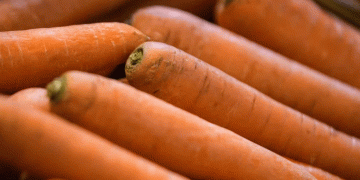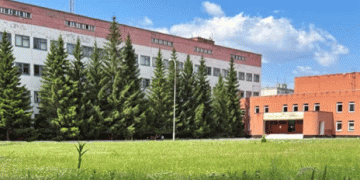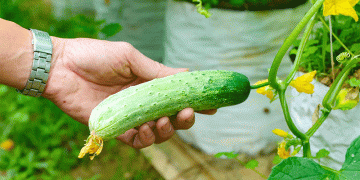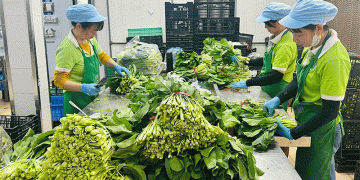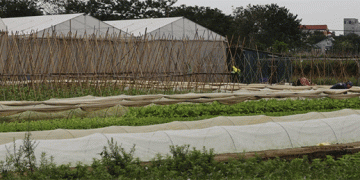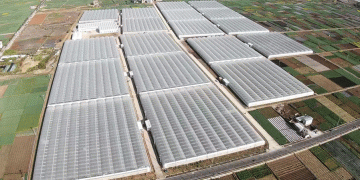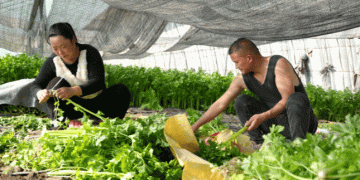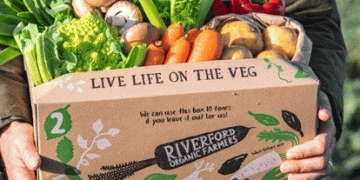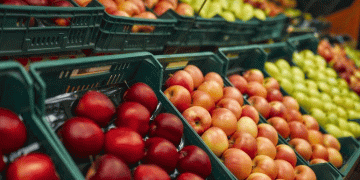The 2024/25 citrus season in Córdoba, Spain, has officially ended, marked by higher local production but lower demand than anticipated. According to ASAJA Córdoba, this year’s harvest exceeded last year’s output but fell short of initial projections by Andalusia’s regional government. The season was shaped by global supply fluctuations, climate pressures, and shifting trade dynamics.
Production Trends: Drought Impacts Yield
Despite a larger harvest than 2023/24, production remained below pre-season estimates due to drought and reduced irrigation allocations (RevistaMercados.com). The Guadalquivir Valley, a key citrus-growing region, faced one of the lowest outputs in recent years, reflecting broader climate challenges in Mediterranean agriculture.
Globally, Brazil—the world’s top orange producer—saw a decline in output, which typically would boost demand for EU citrus. However, competition from non-EU suppliers like Egypt and weaker-than-expected consumption kept prices stagnant.
Price Stability Amid Market Pressures
Unlike the previous season—where prices plummeted due to a surge in Egyptian imports—this year’s origin prices remained stable:
- €0.44–0.50/kg for premium varieties (Valencia Midknight, Barberina).
- €0.29–0.31/kg for white and Salustiana oranges.
Demand for both fresh and processed oranges was subdued, though the absence of a price crash offered some relief to growers.
Key Takeaways for the Industry
- Climate Resilience Needed: Drought and water restrictions are long-term risks; investment in efficient irrigation and drought-tolerant varieties is critical.
- Market Diversification: Overreliance on a few export markets leaves growers vulnerable. Exploring new markets or value-added products (e.g., juices, essential oils) could mitigate volatility.
- Global Competition: EU policies supporting local growers against non-EU imports (e.g., tariffs, subsidies) may become increasingly important.
Córdoba’s citrus sector remains robust but faces mounting challenges from climate change and global trade shifts. While stable prices this season provided a buffer, long-term strategies—improving water management, diversifying markets, and leveraging policy support—will be essential for sustainability.















